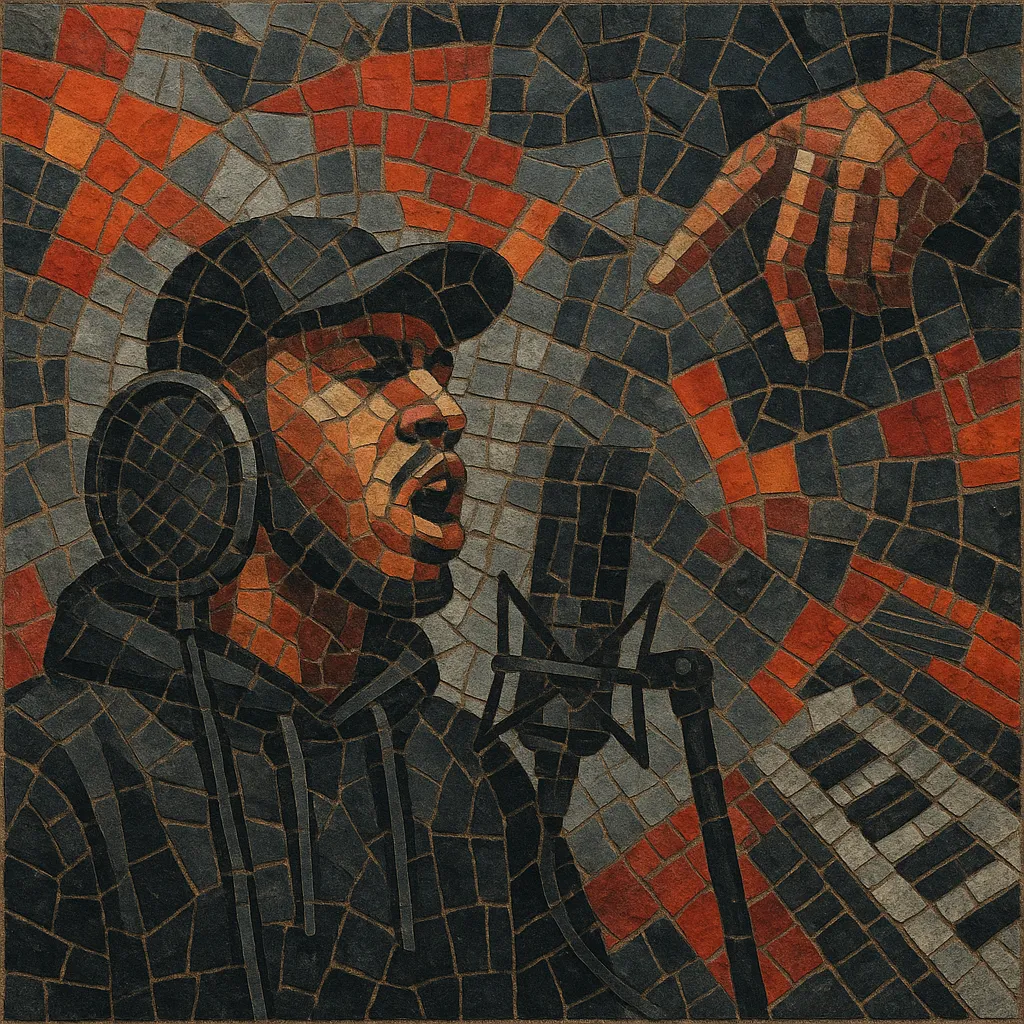
Sample drill is a contemporary branch of drill that anchors its beats around prominent, instantly recognizable samples from pop, R&B, dance, or older hip‑hop records.
Producers loop or chop a hook or motif and set it over UK/NY drill drum programming: sliding 808s, syncopated kicks, triplet/ratcheting hi‑hats, and sharp snares.
The contrast between nostalgic, often upbeat samples and hard, street‑level delivery creates a viral, high‑impact sound aimed at both club play and social platforms.
Typical tempos sit around 138–150 BPM, with minimal harmony beyond the sample, and arrangements built to drop quickly into the hook.
Sample‑forward ideas existed in early UK drill and NYC drill, but the distinct "sample drill" wave emerged as producers began flipping very familiar hooks to cut through crowded feeds. The foundation was UK drill's rhythm language and Chicago/NY drill's aggression, with grime’s UK lineage and hip‑hop’s long sampling tradition.
In 2020–2021, the approach exploded as tracks built on recognizable samples surged on TikTok and streaming playlists. UK and US artists began centering entire beats around pop/R&B motifs, pitching and time‑stretching them to drill tempo. Notable moments included charting UK drill singles that repurposed dance and R&B hooks, and New York records that mined 1990s–2000s R&B for choruses, making the sound immediately familiar to wide audiences.
As the formula proved its reach, sample drill spread across the UK and the US (especially the Bronx and Brooklyn), and influenced regional variants (e.g., "sexy drill" and jersey‑club‑inflected drill). Producers refined techniques: tighter chops, cleaner 808 slides, side‑chain ducking to make room for the sample, and creative filtering to avoid clashing frequencies and sample‑clearance flags.
The wave’s reliance on well‑known recordings brought recurring clearance challenges. Some teams pivoted to re‑singing or replaying hooks (interpolations) and using more creative edits. Despite hurdles, the style cemented itself as a hit‑making pathway, keeping drill on mainstream radio and playlists while retaining street energy.

